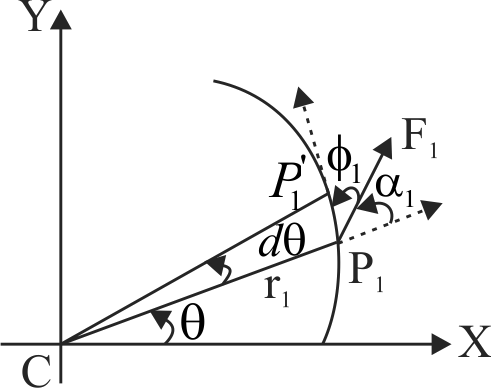366259
A stick of length \(\dfrac{10}{3}\) metre is held vertically with one end on a horizontal floor. It is then allowed to fall on the floor. Assuming that the end of the stick in contact with the floor and it does not slip, the speed of the other end of the rod when it hits the floor is
(Take \(g = 10\;m{\rm{/}}{s^2}\))
366263 Three objects, \(A\) : (a solid sphere), \(B\) : (a thin circular disc) and \(C\) : (a circular ring), each have the same mass \(M\) and radius \(R\). They all spin with the same angular speed \(\omega\) about their own symmetry axes. The amounts of work \((W)\) required to bring them to rest, would satisfy the relation
366259
A stick of length \(\dfrac{10}{3}\) metre is held vertically with one end on a horizontal floor. It is then allowed to fall on the floor. Assuming that the end of the stick in contact with the floor and it does not slip, the speed of the other end of the rod when it hits the floor is
(Take \(g = 10\;m{\rm{/}}{s^2}\))
366263 Three objects, \(A\) : (a solid sphere), \(B\) : (a thin circular disc) and \(C\) : (a circular ring), each have the same mass \(M\) and radius \(R\). They all spin with the same angular speed \(\omega\) about their own symmetry axes. The amounts of work \((W)\) required to bring them to rest, would satisfy the relation
366259
A stick of length \(\dfrac{10}{3}\) metre is held vertically with one end on a horizontal floor. It is then allowed to fall on the floor. Assuming that the end of the stick in contact with the floor and it does not slip, the speed of the other end of the rod when it hits the floor is
(Take \(g = 10\;m{\rm{/}}{s^2}\))
366263 Three objects, \(A\) : (a solid sphere), \(B\) : (a thin circular disc) and \(C\) : (a circular ring), each have the same mass \(M\) and radius \(R\). They all spin with the same angular speed \(\omega\) about their own symmetry axes. The amounts of work \((W)\) required to bring them to rest, would satisfy the relation
366259
A stick of length \(\dfrac{10}{3}\) metre is held vertically with one end on a horizontal floor. It is then allowed to fall on the floor. Assuming that the end of the stick in contact with the floor and it does not slip, the speed of the other end of the rod when it hits the floor is
(Take \(g = 10\;m{\rm{/}}{s^2}\))
366263 Three objects, \(A\) : (a solid sphere), \(B\) : (a thin circular disc) and \(C\) : (a circular ring), each have the same mass \(M\) and radius \(R\). They all spin with the same angular speed \(\omega\) about their own symmetry axes. The amounts of work \((W)\) required to bring them to rest, would satisfy the relation
366259
A stick of length \(\dfrac{10}{3}\) metre is held vertically with one end on a horizontal floor. It is then allowed to fall on the floor. Assuming that the end of the stick in contact with the floor and it does not slip, the speed of the other end of the rod when it hits the floor is
(Take \(g = 10\;m{\rm{/}}{s^2}\))
366263 Three objects, \(A\) : (a solid sphere), \(B\) : (a thin circular disc) and \(C\) : (a circular ring), each have the same mass \(M\) and radius \(R\). They all spin with the same angular speed \(\omega\) about their own symmetry axes. The amounts of work \((W)\) required to bring them to rest, would satisfy the relation

